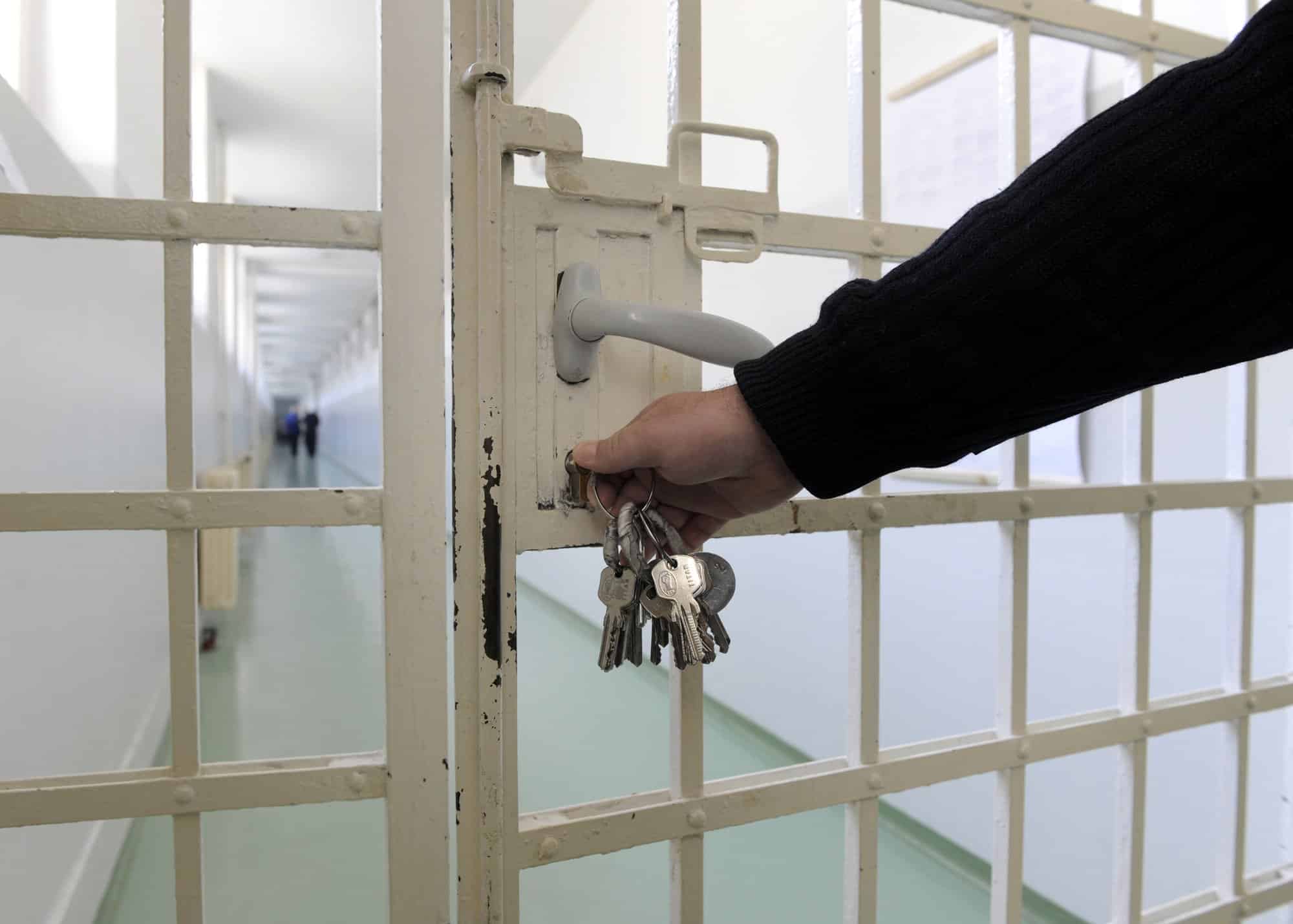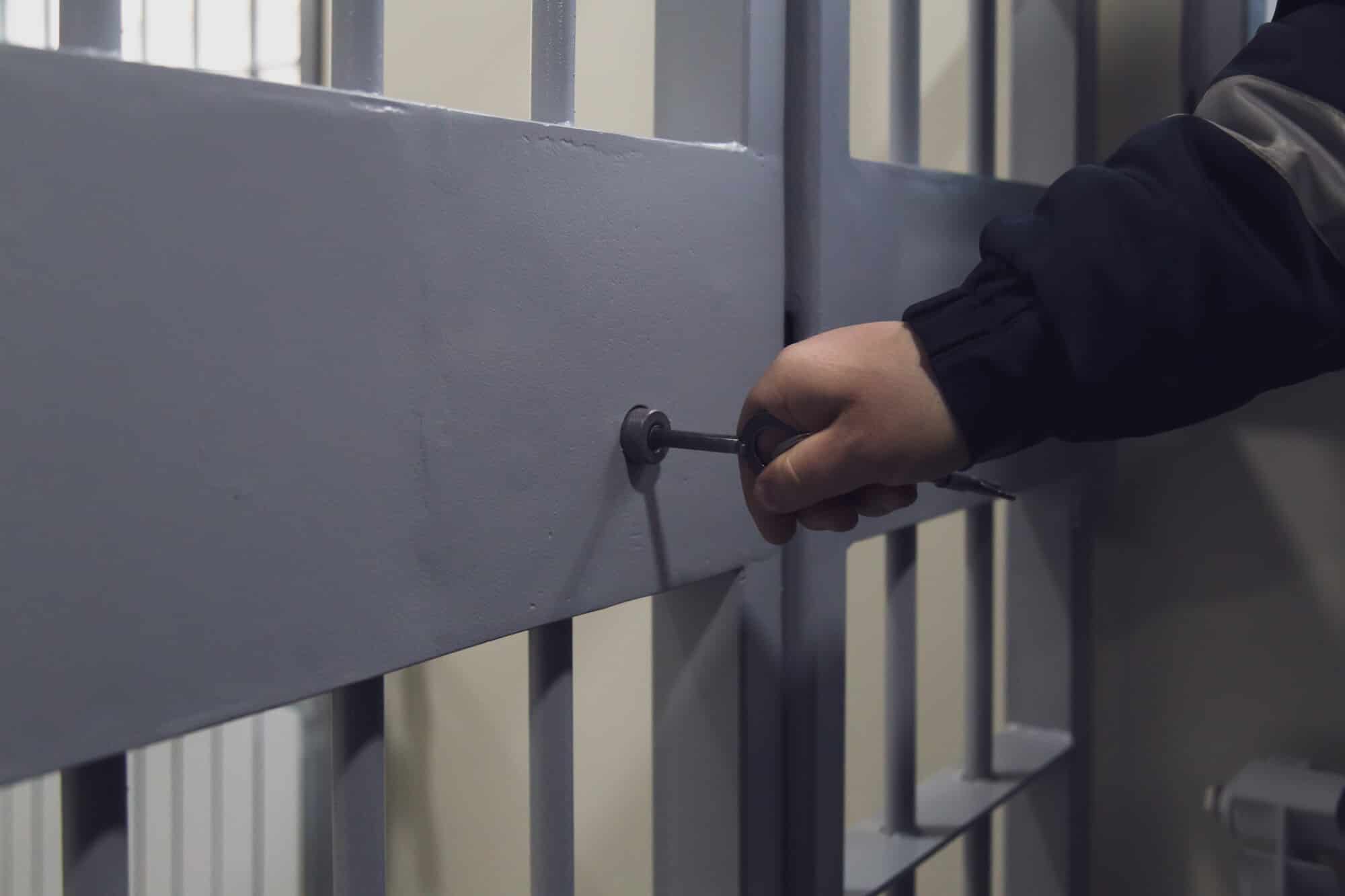According to recent research, More than 10 million arrests are made each year in the United States.
Navigating the legal landscape can be daunting, especially when it comes to understanding the intricacies of court bonds and bail. Without the relevant legal knowledge, you risk your right to freedom.
So what is court bond, exactly? In this article, we’ll explain everything you need to know about posting bail and getting out of jail.
Read on to learn about bail bonds and why they could matter to you.
What is Court Bond?
Understanding the concepts of court bonds and bail is key to navigating the legal system effectively. It allows individuals to make informed decisions and ensures they comply with legal requirements. This knowledge demystifies a part of the legal process that can often seem overwhelming and complex.
At its core, a court bond is a legal instrument designed to ensure compliance with court rulings. It acts as a security measure, guaranteeing that individuals involved in legal proceedings will fulfill their obligations.
Types of Court Bond
These bonds come in various forms, tailored to different legal situations. For instance, bail bonds are used in criminal cases, while fiduciary bonds are more common in cases involving the management of estates or guardianship.
The purpose of a court bond is to protect the legal system and the parties involved in it. For example, in a criminal case, a bail bond ensures that the defendant returns for trial, while in a civil matter, a fiduciary bond ensures that a person handling someone else’s assets does so responsibly.
Understanding these differences will help you make the best decision for your case.
Bail Bonds: Your Gateway to Temporary Freedom
Bail bonds hold a central place in the justice system. When someone is arrested, they have the opportunity to be released from custody until their trial.
This release is contingent on bail – a set amount of money that acts as a financial guarantee to the court. The amount of bail is determined based on several factors, including the severity of the crime and the defendant’s history.
A bail bond, provided by a bail bond company, is an assurance to the court that the defendant will return for all scheduled court appearances. In essence, it’s a form of insurance. The bail bond company usually charges a percentage of the bail amount as a fee for this service.
Bond Versus Bail: Understanding the Distinction
It’s essential to distinguish between ‘bond’ and ‘bail’. Bail is the amount set by the court for the defendant’s release. A bond, on the other hand, is the surety provided, usually by a bail bond company.
This distinction is crucial because it highlights the role of the bail bond company as a facilitator in the legal process, providing a financial guarantee on behalf of the defendant.
Your bond amount will vary on a number of factors. These could include your prior criminal history, the nature of your crimes, and local regulations.
The Role of Surety Bonds in Legal Proceedings
Surety bonds play a broader role than just in bail situations. They are used to ensure that various obligations are met, whether it’s following court orders or executing duties faithfully in roles like estate administrators or guardians.
A surety bond involves three parties: the defendant, the court, and the bail bond company. The bail bond company, acting as the surety, guarantees to the court that the defendant will adhere to the bail conditions, primarily returning for all scheduled court appearances.
If the defendant fails to comply, the bail bond company is liable to pay the full bail amount to the court.
Navigating the Path to Freedom: Getting Out of Jail
The process of securing release from jail involves several steps. It starts with the court setting the bail. If the defendant cannot afford the bail amount, they can turn to a bail bond service.
This service requires a fee, typically a percentage of the bail amount, and in return, they provide a bond to the court. This bond assures the court that the defendant will adhere to the conditions of their release, including appearing for all scheduled court appearances.
Choosing a Bail Bond Service
Navigating the legal system can be a daunting task, especially when it comes to securing a bail bond for yourself or a loved one. Choosing the right bail bond service is crucial to ensure a smooth process. Here are 3 indispensable tips to help you select a trustworthy and efficient bail bond agency.
1. Assess the Bail Bond Agency’s Reputation
When it comes to bail bond services, reputation is key. Opt for an agency with a solid track record. Look for customer reviews and testimonials to gauge their reliability and service quality. A reputable bail bond company should be known for its professionalism and prompt response.
2. Verify Licensing and Experience
Ensure the bail bond company is licensed to operate in your state. A licensed agency adheres to legal standards, offering you protection and peace of mind. Additionally, consider their experience in the field. Experienced agents are better equipped to handle complex cases and navigate the legal system effectively.
3. Understand the Fee Structure
Before committing, understand the fee structure of the bail bond service. Transparency in fees is critical. Avoid companies that are vague about their charges or those that offer deals that seem too good to be true. A reliable agency will be upfront about their fees, ensuring no hidden charges surface later
What is Court Bond? Simplifying Legal Complexities
Court bonds and bail play a pivotal role in the legal system, balancing the need for individual freedom with compliance and attendance in court.
Grasping these concepts empowers one to navigate the legal landscape with more confidence and understanding, thereby simplifying what might otherwise be a daunting journey through the legal system.
So, stop asking ‘What is court bond?’ and take the first step towards freedom by reaching out to our comprehensive bail bond service. With more than 50,000 satisfied clients and 75 years of collective experience, we can help you get the justice you deserve.










